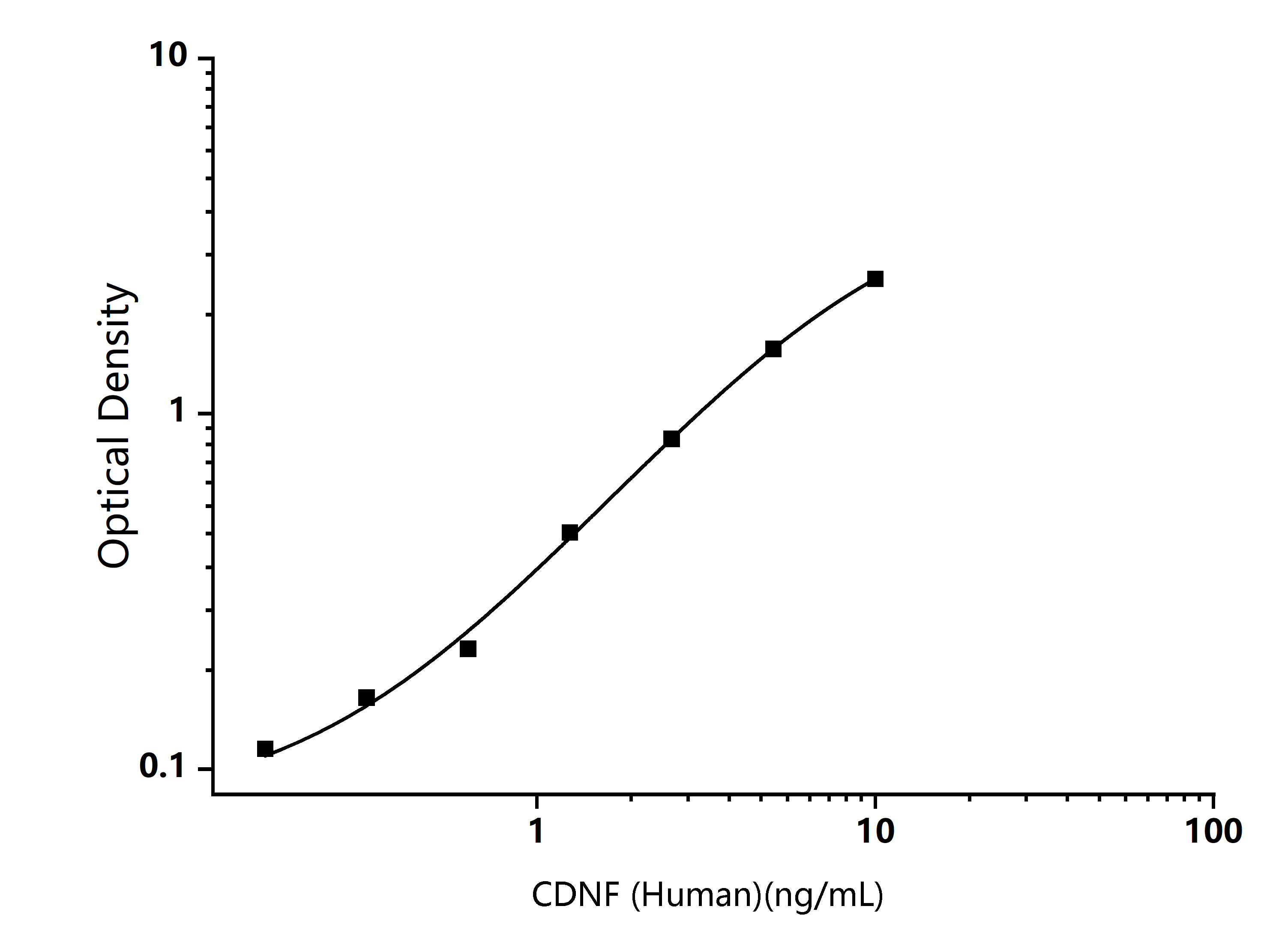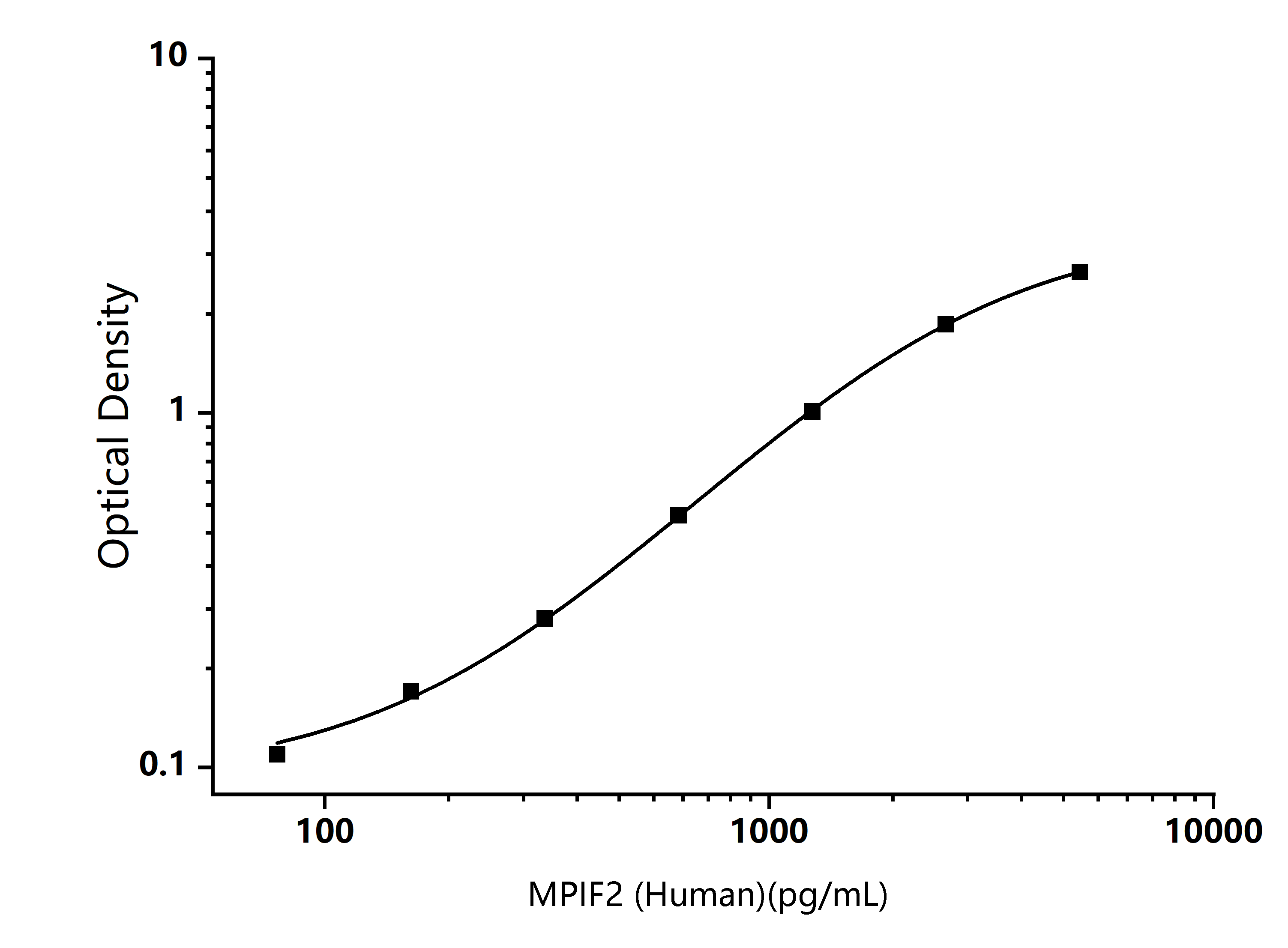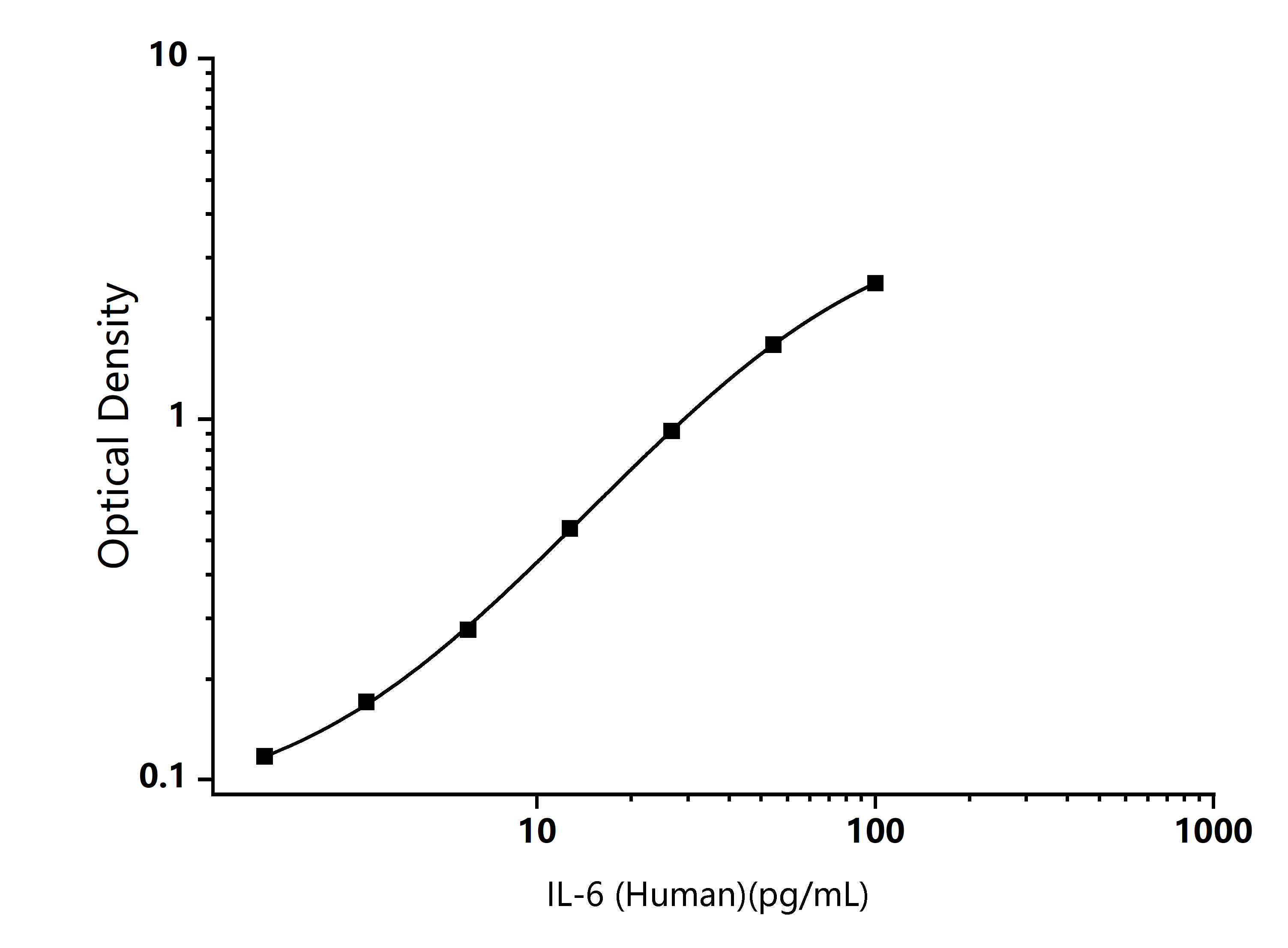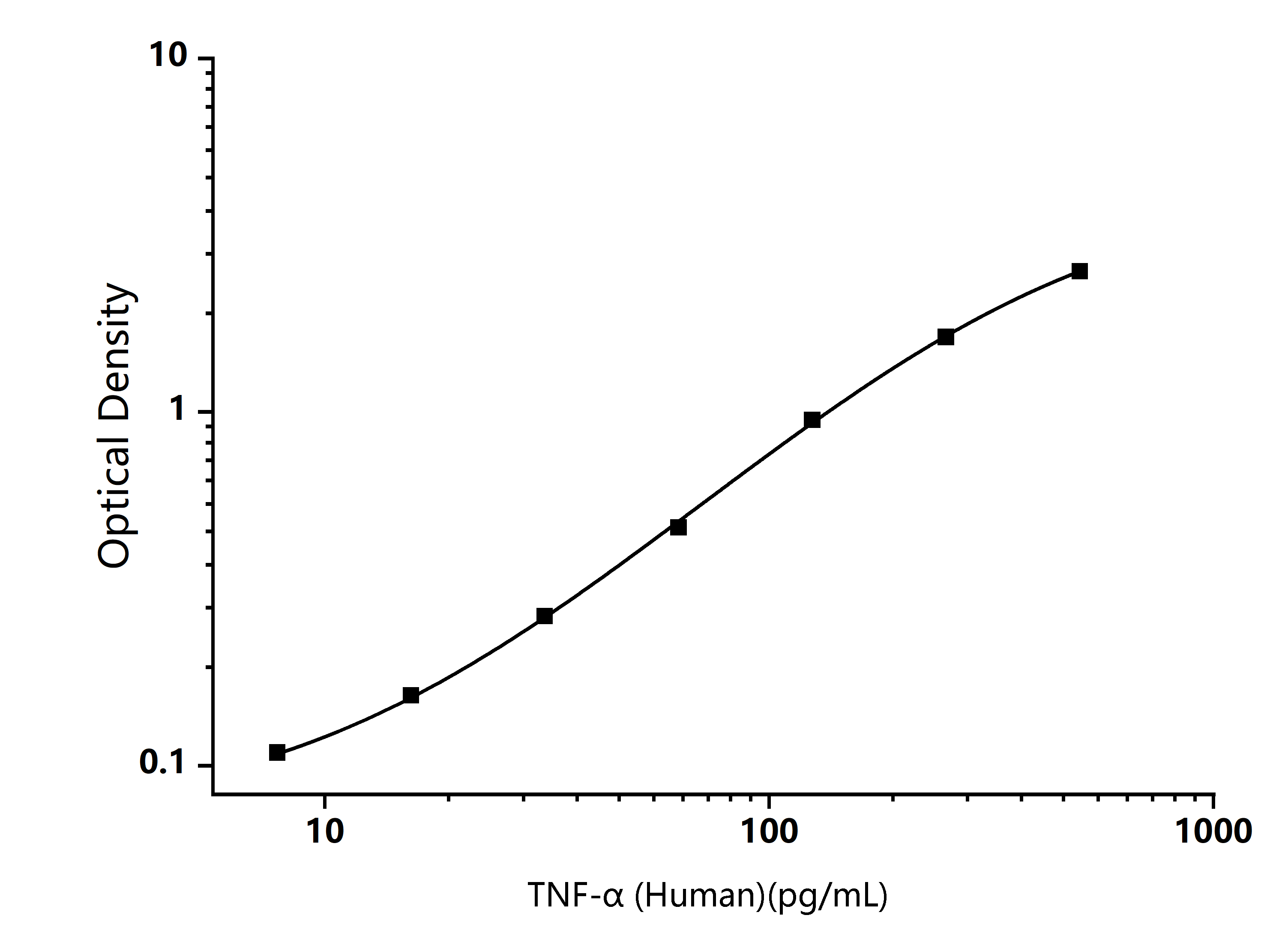KEY FEATURES
| Full Name | Glutathione S Transferase Omega 1 |
|---|---|
| Synonym | P28; GSTTLp28; GSTw1; SPG-R; Glutathione-dependent dehydroascorbate reductase; Monomethylarsonic acid reductase; MMA(V) reductase; S-(Phenacyl)glutathione reductase |
| Assay Type | Sandwich |
| Reactivity | Human |
| Range | 0.15-10ng/mL |
| Sensitivity | 0.06ng/mL |
| Sample Type | Serum,plasma and other biological fluids |
| Sample Volume | 100μL |
| Detection Wavelength | OD450 |
| Transportation Temperature | 2-8°C |
| Specificity | The kit detected Human GSTo1 in the samples and no significant cross-species reactions were found |
| Microplate | 96-wells plate breakable into 12 x 8 wells strip |
TEST PRINCIPLE
| This ELISA kit uses the Sandwich-ELISA principle. The micro ELISA plate provided in this kit has been pre-coated with an antibody specific to Human GSTo1. Standards or samples are added to the micro ELISA plate wells and combined with the specific antibody. Then a biotinylated detection antibody specific for Human GSTo1 and Avidin-Horseradish Peroxidase (HRP) conjugate are added successively to each micro plate well and incubated. Free components are washed away. The substrate solution is added to each well. Only those wells that contain Human GSTo1, biotinylated detection antibody and Avidin-HRP conjugate will appear blue in color. The enzyme-substrate reaction is terminated by the addition of stop solution and the color turns yellow. The optical density (OD) is measured spectrophotometrically at a wavelength of 450 nm ± 2 nm. The OD value is proportional to the concentration of Human GSTo1. You can calculate the concentration of Human GSTo1 in the samples by comparing the OD of the samples to the standard curve. |
ELISA KIT COMPONENTS
Upon receipt, unpack promptly and store as recommended in the instructions.
| Components | Specifications | Storage and Notes |
|---|---|---|
| Micro Plate | 96T: 8 wells×12 strips 48T: 8 wells×6 strips | Unopened: -20°C, 12 months Unused: Put it back in the aluminum foil bag and seal it, store it at -20°C. |
| Reference Standard | 96T: 2 vials 48T: 1 vial | Unopened: -20°C, 12 months Please use freshly dissolved standards for each experiment. Discard any unused standards after dissolution. |
| Biotinylated Detection Ab Concentrate (100×) | 96T: 120μL×1 vial 48T: 60μL×1 vial | Unopened: -20°C, 12 months Unused: Please seal the concentrate and store it at -20°C, and discard the working solution. |
| HRP Conjugate Concentrate (100×) | 96T: 120μL×1 vial 48T: 60μL×1 vial | Unopened: -20°C(Protect from light), 12 months Unused: Please seal the concentrate and store it at -20°C, and discard the working solution. |
| Biotinylated Detection Ab Diluent | 14mL×1 | 2-8℃, 12 months |
| HRP Conjugate Diluent | 14mL×1 | 2-8℃, 12 months |
| Reference Standard & Sample Diluent | 20mL×1 | 2-8℃, 12 months |
| Washing Buffer Concentrate (25×) | 30mL×1 | 2-8℃, 12 months |
| Substrate Reagent(TMB) | 10mL×1 | 2-8°C(Protect from light),12 months |
| Stop Solution | 7mL×1 | 2-8°C/Room temperature |
ASSAY PROCEDURES
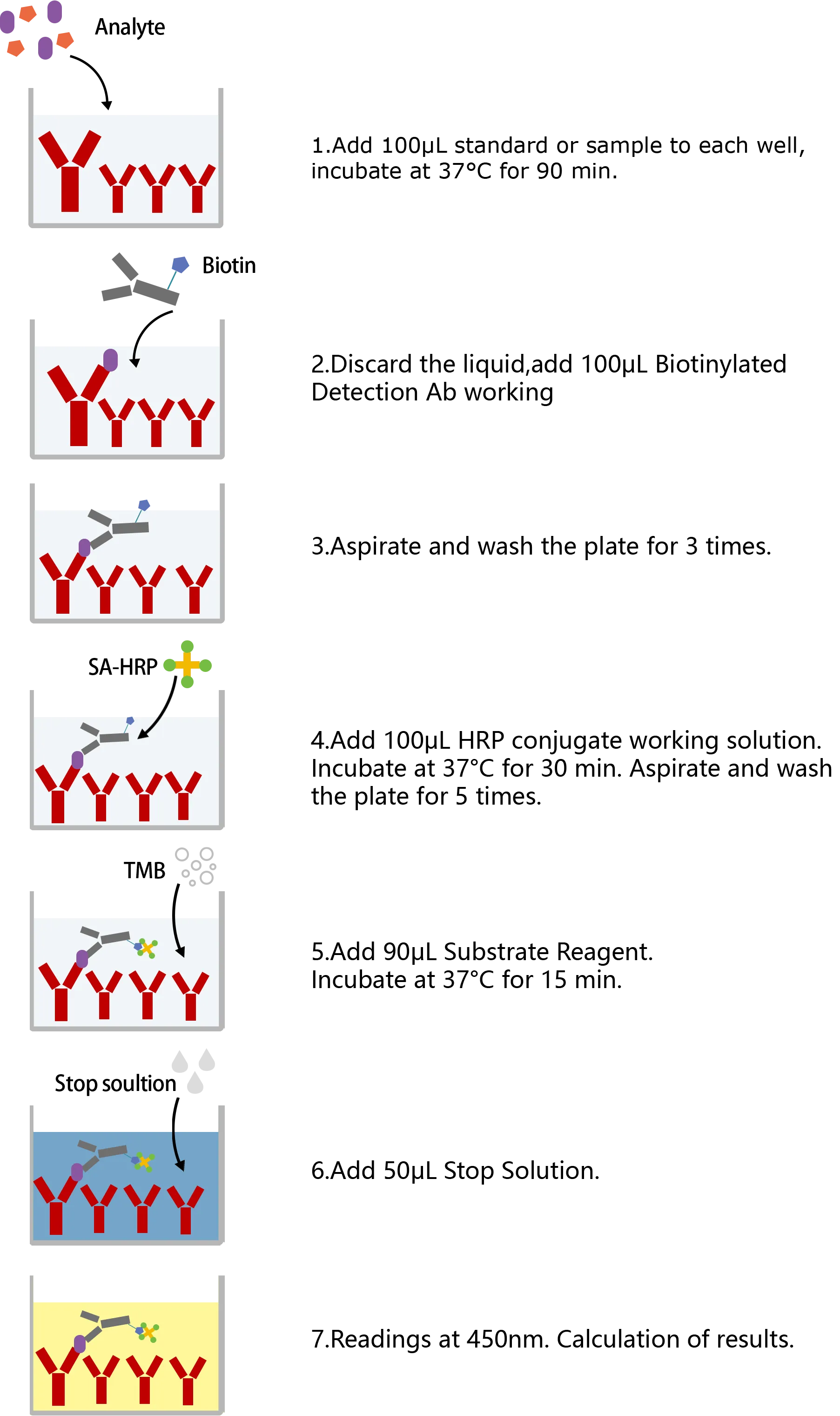
TYPICAL DATA
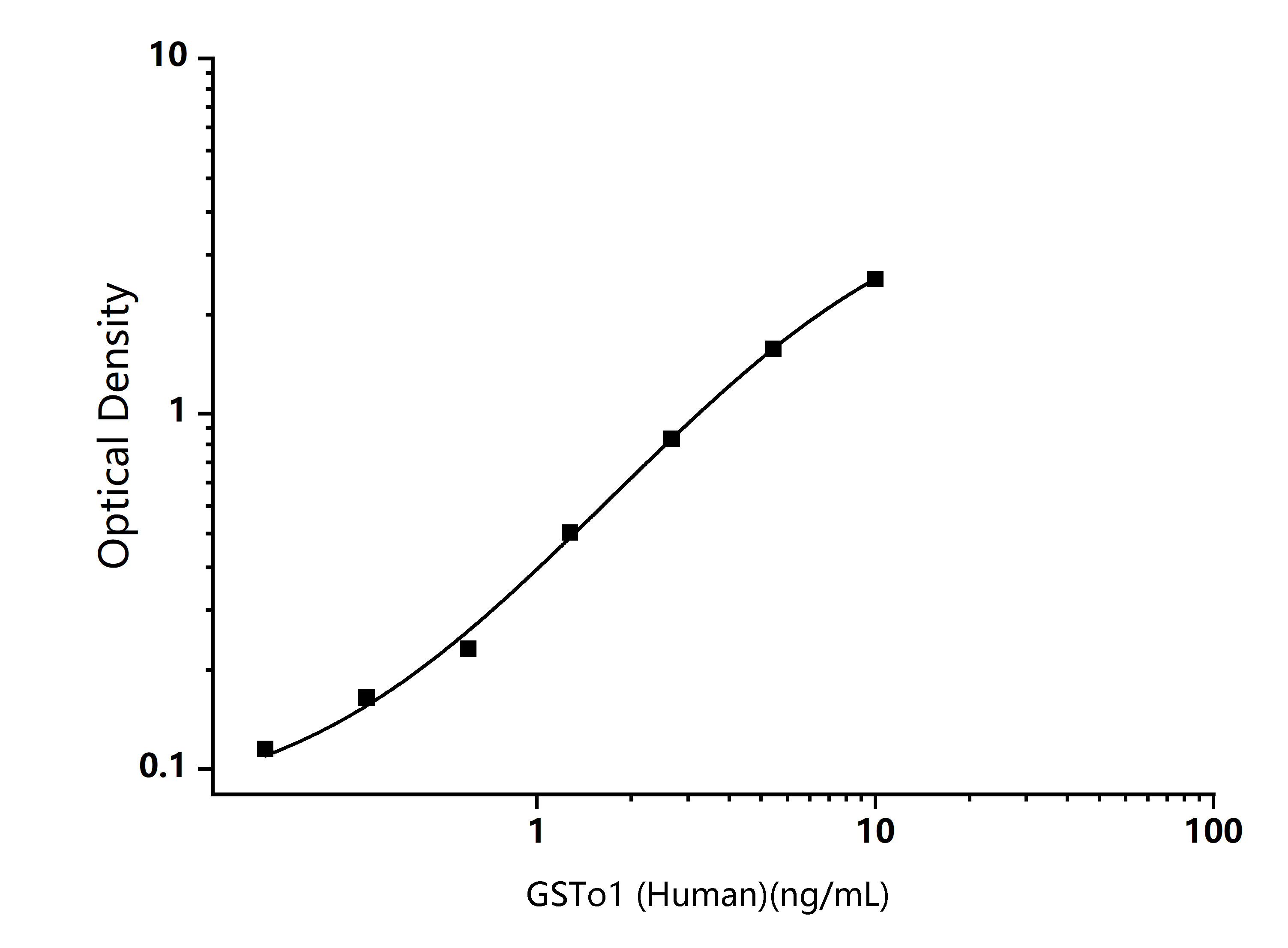
Human GSTo1 ELISA Standard Curve
Typical data are for reference only and curves should be replotted for each experiment. The Logistics function is recommended for fitting.
PRECISION
Intra-Assay Precision (Precision within an assay): Three samples of known concentration were tested twenty times on one plate to assess intra-assay precision.
Inter-Assay Precision (Precision between assays): Three samples of known concentration were tested in twenty separate assays to assess inter-assay precision. Assays were performed by at least three technicians using two lots of components.
| Intra-assay Precision | Inter-assay Precision | |||||
|---|---|---|---|---|---|---|
| Sample | 1 | 2 | 3 | 1 | 2 | 3 |
| n | 20 | 20 | 20 | 20 | 20 | 20 |
| Mean (ng/mL) | 0.48 | 0.89 | 4.26 | 0.52 | 0.94 | 4.03 |
| Standard deviation | 0.03 | 0.04 | 0.21 | 0.03 | 0.04 | 0.19 |
| CV(%) | 5.26 | 4.23 | 4.89 | 6.59 | 4.64 | 4.61 |
RECOVERY
The recovery of Human GSTo1 spiked to three different levels in samples throughout the range of the assay in various matrices was evaluated.
| Sample Type | Range (%) | Average Recovery (%) |
|---|---|---|
| Serum(n=8) | 92-106 | 97 |
| EDTA plasma (n=8) | 91-107 | 98 |
| Cell culture media (n=8) | 90-104 | 96 |
LINEARITY
To assess the linearity of the assay, samples containing and/or spiked with high concentrations of Human GSTo1 in various matrices were diluted with the Reference Standard & Sample Diluent to produce samples with values within the dynamic range of the assay.
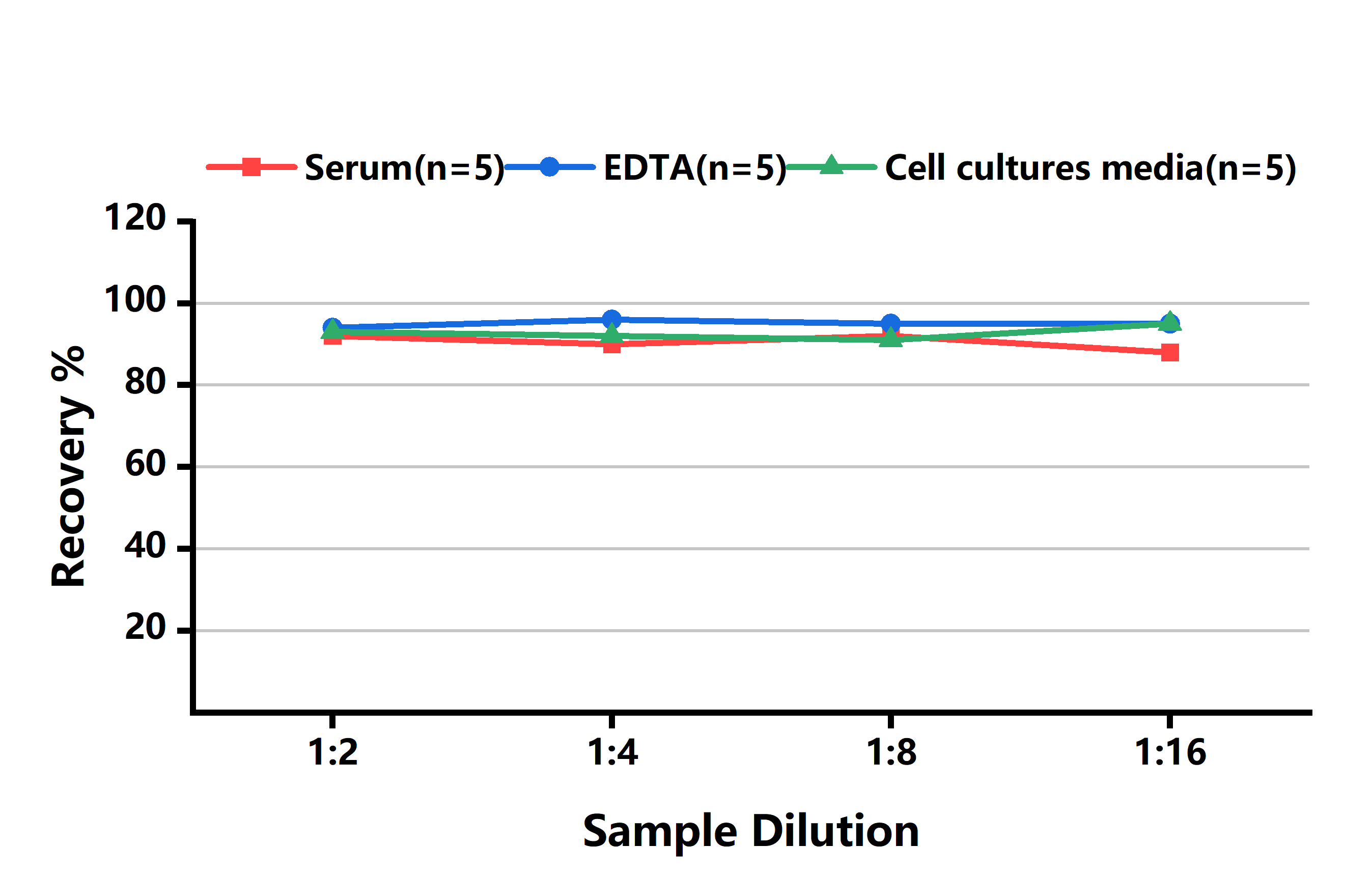
Products associated with GSTo1 ELISA Kits
| GSTP1 ELISA Kit | publications with GSTo1 and GSTP1 |
| GSTM1 ELISA Kit | publications with GSTo1 and GSTM1 |
| AS3MT ELISA Kit | publications with GSTo1 and AS3MT |
| GSTA1 ELISA Kit | publications with GSTo1 and GSTA1 |
| GSTM2 ELISA Kit | publications with GSTo1 and GSTM2 |
| GSTM3 ELISA Kit | publications with GSTo1 and GSTM3 |
| GSTA4 ELISA Kit | publications with GSTo1 and GSTA4 |
| GSTM5 ELISA Kit | publications with GSTo1 and GSTM5 |
| GSTK1 ELISA Kit | publications with GSTo1 and GSTK1 |
| GSTT2B ELISA Kit | publications with GSTo1 and GSTT2B |
Pathways associated with GSTo1 ELISA Kit
| Biological Oxidations Pathway | Biological Oxidations Pathway |
| Chemical Carcinogenesis Pathway | Chemical Carcinogenesis Pathway |
| Defective AHCY Causes Hypermethioninemia With S-adenosylhomocysteine Hydrolase Deficiency (HMAHCHD) Pathway | Defective AHCY Causes Hypermethioninemia With S-adenosylhomocysteine Hydrolase Deficiency (HMAHCHD) Pathway |
| Defective AMN Causes Hereditary Megaloblastic Anemia 1 Pathway | Defective AMN Causes Hereditary Megaloblastic Anemia 1 Pathway |
| Defective BTD Causes Biotidinase Deficiency Pathway | Defective BTD Causes Biotidinase Deficiency Pathway |
| Defective CD320 Causes Methylmalonic Aciduria Pathway | Defective CD320 Causes Methylmalonic Aciduria Pathway |
| Defective CUBN Causes Hereditary Megaloblastic Anemia 1 Pathway | Defective CUBN Causes Hereditary Megaloblastic Anemia 1 Pathway |
| Defective GCLC Causes Hemolytic Anemia Due To Gamma-glutamylcysteine Synthetase Deficiency (HAGGSD) Pathway | Defective GCLC Causes Hemolytic Anemia Due To Gamma-glutamylcysteine Synthetase Deficiency (HAGGSD) Pathway |
| Defective GGT1 Causes Glutathionuria (GLUTH) Pathway | Defective GGT1 Causes Glutathionuria (GLUTH) Pathway |
Diseases associated with GSTo1 ELISA Kit
| Brain Diseases | publications with GSTo1 and Brain Diseases |
| Neurodegenerative Diseases | publications with GSTo1 and Neurodegenerative Diseases |
| Inflammation | publications with GSTo1 and Inflammation |
| Skin Diseases | publications with GSTo1 and Skin Diseases |
| Breast Neoplasms | publications with GSTo1 and Breast Neoplasms |
| Poisoning | publications with GSTo1 and Poisoning |
| Neurotoxicity Syndromes | publications with GSTo1 and Neurotoxicity Syndromes |
| Lung Diseases | publications with GSTo1 and Lung Diseases |
| Leukemia | publications with GSTo1 and Leukemia |
| Liver Diseases | publications with GSTo1 and Liver Diseases |
Organs/Tissues associated with GSTo1 ELISA Kit
| Liver | publications with GSTo1 and Liver |
| Blood | publications with GSTo1 and Blood |
| Brain | publications with GSTo1 and Brain |
| Bladder | publications with GSTo1 and Bladder |
| Lung | publications with GSTo1 and Lung |
| Heart | publications with GSTo1 and Heart |
| Vascular | publications with GSTo1 and Vascular |
| Muscle | publications with GSTo1 and Muscle |
| Kidney | publications with GSTo1 and Kidney |
| Prostate | publications with GSTo1 and Prostate |




